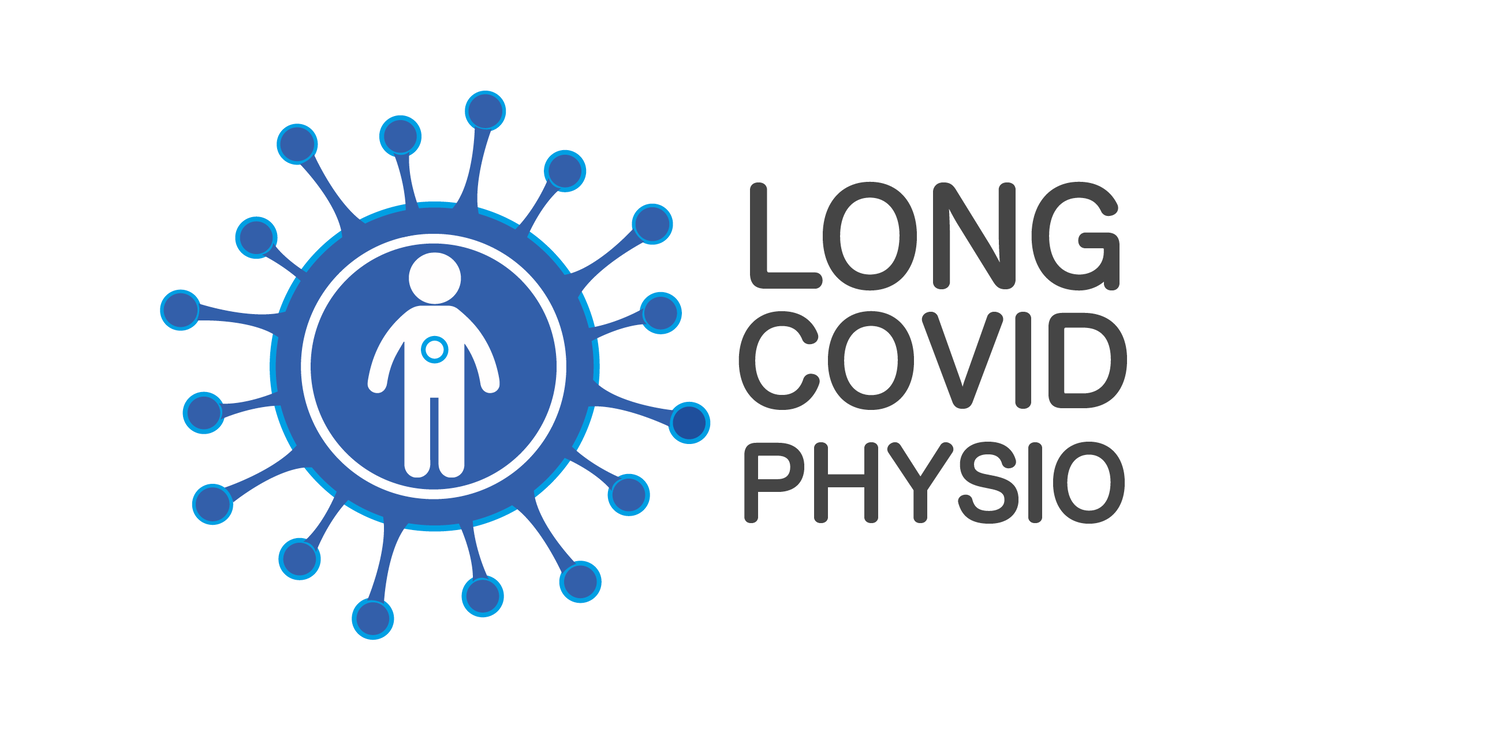Heart Rate Monitoring
Heart rate monitoring is a rehabilitation strategy that can be used by people to self-manage symptoms when living with Long COVID. Heart rate monitoring involves the use of wearable devices to monitor your heart rate to more accurately pace daily activities and monitor the body’s responses to exertion. It can be an effective strategy to manage post-exertional symptom exacerbation.
Heart rate monitoring to manage post-exertional symptom exacerbation is discussed in this JOSPT blog.
The Workwell Foundation have published a factsheet on heart rate monitoring, and urge people to avoid using heart rate formulas for estimating the anaerobic threshold, the point at which energy production becomes less efficient. Instead, they urge people to use resting heart rate (RHR) as a benchmark for activity management, which you can determine by laying flat in bed, and taking an average over 7 days. The anaerobic threshold if often 15 beats per minute (BPM), above your resting heart rate. So they suggest keeping below +15BPM from your resting heart rate. This can be difficult to achieve, especially if your heart rate increases on movement, but can guide you to learn more about your symptoms in response to increases in heart rate. This approach therefore does enable you to learn how to identify post-exertional malaise symptoms, which can help you to recognise these symptoms early and identify when you are approaching and exceeding the anaerobic threshold. This in turn, can then help you to recognise when to stop, rest and pace. This approach acts as a starting place and the “ceiling” can be increased, guided by your symptoms.
PhysiosForME provide information on the purpose, process and benefits of heart rate monitoring for people living with ME, which may also be beneficial for people living with Long COVID.
The aim of heart rate monitoring is to stay below your “anaerobic threshold”, which is the point at which aerobic metabolism switches to anaerobic metabolism. This video helps explain this threshold and post-exertional malaise. Simply, aerobic metabolism is the way our cells make energy using oxygen and anaerobic is energy production without oxygen, which is less efficient than aerobic. You may recognise anaerobic metabolism as feeling “the burn” when lactic acid is produced by muscles that are working hard for longer periods of time, causing more muscle fatigue. People who experience the symptom post-exertional malaise, may switch to anaerobic metabolism sooner during activities or exertion, meaning the anaerobic threshold is lower.
Staying below your anaerobic threshold can avoid triggering post-exertional malaise. Some have suggested the use of calculations (or formulas) to estimate the anaerobic threshold in beats per minute, meaning the maximum heart rate you want to stay below.
(220 - your age) x 0.55 = anaerobic threshold in beats per minute (stay below this heart rate)
PhysiosForME have produced a 2-part podcast on heart rate monitoring that is available to watch on YouTube.
Date Last Revised: 2nd March 2022
